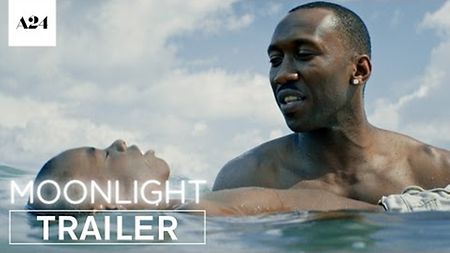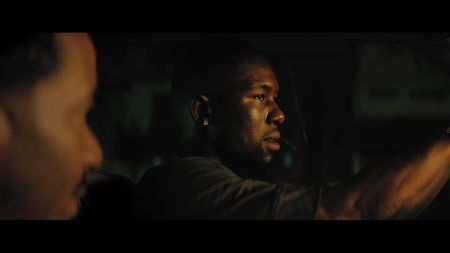The movie was shot completely in Miami, much of it in Liberty City and nearby beaches, which inspired the movie’s color palette, a rainbow of bright magentas, lime green and ocean blues, and lighting. “When we were inside homes or night exteriors, we were trying to push that thought a little further, by warming up the gels on the lights or in some instances making some pinks and greens,” says Laxton. “We wanted the audience to be impacted by the imagery, to feel how strong the emotions were throughout the film, and the lighting was aimed to support the concept.
Laxton describes how he and Jenkins work on-set. “Both Barry and I feel it’s important for us to be on our feet with the actors and react with them,” he says. “We’re not the kind of guys who sit in video village and make requests. We’re physically moving around with the cast and crew.” That explains why Laxton operated most of the movie (with the exception of Steadicam scenes). “We never wanted the camera to sit there and watch a scene take place with a long lens,” he says. “We wanted the camera and lens to integrate with these stories, which often means walking and talking in spaces. I think that speaks to our idea of never wanting to be an observational perspective and always wanting to be part of the action.”
The scene he is most proud of takes place at night, on the beach, and is pivotal to the movie. “We had to provide 100 percent of the light artificially in that scene,” he says. “There was nothing for a base exposure level. We brought in a lot of lights and the electric and grip departments did a lot of work. We dedicated a lot of time and resources to it because it’s an important and long scene in the film. And it turned out well.”



